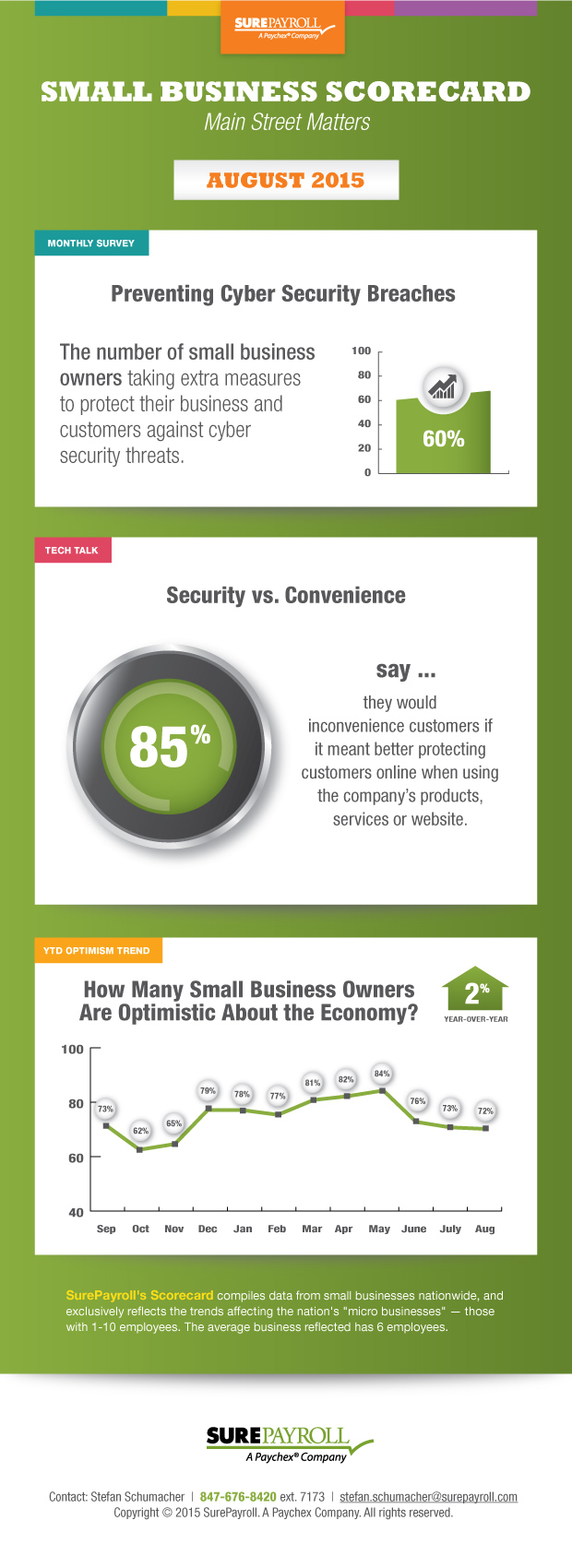It’s an irony: Almost all startups have role models in some big brands they look up to, aspiring to be like them one day. But there are certain ways startups can give big brands a run for their money. Yes, you heard me right. There are things big brands can learn from startups as well.
Coca-Cola, for example, has started adopting startup rhetoric, coveting the restricted and intensely-pressurised startup business models. Although it may sound ludicrous to some, for Coca-Cola it means business model innovation. According to David Butler, the company’s vice president of innovation: “Starting ‘lean’ is key; it’s critical to the future.”
It’s not just Coca-Cola, as many big brands are embracing this new trend, realizing that they too are not immune to the Darwinian philosophy of evolution. Amid the cut-throat competition of today’s business world, it is indeed the ‘survival of the fittest.’ Lean and agile is often the way to survive, and when it comes to lean and agile, you can hardly can beat the startups.
Are Big Brands Turning their Business Models Inside-Out?
This is perhaps one question lurking in the back of your mind, like many others. Most believe that big brands should stay true to who they are, while some think adopting startup strategies has its benefits. But before jumping to a conclusion, let’s delve deeper into the matter.
Big brands are backed by unrivaled cash-flow, whereas startups often struggle to pay their staff. Besides, it is hardly possible or even feasible for bigger brands like Apple, IBM, Amazon, or Nike to act like startups. They have shareholders to answer to and need to be mindful of stock prices constantly.
There are other risks involved as well. Acting like a startup often involves choking-off finances, resources, business reach and distribution networks. Such behavior will surely upset shareholders as well as restrict cash flow. That said, there are examples of big brands who are taking startup-style risks to stand out in the crowd.
The owners of Red Bull, for example, reinvest personal profit in the company’s brave and bold marketing schemes such as F1 and Stratos Space Jump partnerships. But again, Red Bull is a privately-owned company and isn’t answerable to shareholders. It can therefore afford to act like a startup, taking on a gambler’s attitude.
So going back to our question–are big brands turning over their business models completely, the answers is perhaps ‘no.’ It is not even recommended. Big brands mostly adopt such trends to generate creativity and a hunger to do something innovative, which is natural to startups. But in order to nurture that drive and innovation, big brands just cannot withdraw the privileges they have. Instead, they need to focus and work to develop a culture that allows them to tap into the advantages of the startup model.
The following are three things big brands can learn from startups:
1. Focusing On Employees
From Rumi to Mustafa in The Lion King franchise, every wise soul has one piece of advice for you: “Look inside yourself.” This fantastic lesson is not just incorporated by startups; some of the most successful actually perfect it. Your company is who you are or rather who your employees are. But big brands often overlook this as they start growing and evolving as a giant market player.
Look at your team, from the junior sales executive to the CEO of the company, for everything you are doing. Do they all believe in what you are doing? Do they believe what you say? Do they have complete faith in whatever you are trying to build? If not, you will have hard time reaching where you want to go. Apple’s Macintosh became a reality 31 years back only because the team believed in Jobs’s vision that computers can be more than black screens and typewriter-like machines. Without such firm beliefs your employees will only work half-heartedly, at best.
Focus on your employees. Look at the qualities the best people in your team have. How do they work? What do they believe in? That’s the way to look ‘in yourself’ and understand what you should do and how.
Unfortunately, big brands often shy away from such an employee-centric approach; instead, they focus on their customers solely. For them, it is usually–”you are what your customers want.” This means, if their customers are buttoned-up, hyper-professional companies, they too reflect a similar culture. Most brands also follow and use industry jargon religiously. But many brands, like MailChimp, who never followed a buttoned-up, corporate culture, have proven that you can be different from your client, and yet understand them and deliver what they want. The goal is to remain true to your employees and your original culture.
2. Let Your Team Act Autonomously
Big brands are notoriously bureaucratic. Pete Peranzo, the co-founder of a Charlotte, North Carolina-based startup web design company with more than fifteen years of IT and software industry experience, explains that this is one of the reasons why he and many like him quit corporate suits to take up the challenges of a startup life. In top-tier companies, it usually takes weeks or even months to get approval of dozens of management layers even to make a single, simple move.
But from those brands’ perspective, it is a right thing to do. They need to protect the brand from any potentially damaging campaign or product before they get out of the door. They need strategy, and these management layers ensure that everything is as per plan. But these brands lack flexibility, which is essential when acting on the spur of the moment. Imagine you need to get approval of a management layer to leverage a real-time Twitter opportunity!
The solution lies in autonomous working, which is something startups are forced to follow, often due to lack of resources. Reduce the management layer as much as it is possible and let people make decisions and be responsible for them.
3. Be Careful with Your Money
Big brands have billions of dollars to spend but that hardly means they can spend them on absolutely cringe-worthy ad campaigns. Startups do better in this department, mainly because they are pretty cash poor and cannot afford such marketing faux pas.
They really need to make every buck count for them, not only in the initial years but for the coming few years when they need to focus on new hires or to get bigger offices. With a limited marketing budget, startups try to deliver messages in the most creative and cost-effective ways.
Since the goal is to deliver understandable messages to your audience, follow a startup’s model and keep it simple.
Conclusion
As said, it is an irony how big brands are adopting startup business models, considering the fact that those startups would kill to get a slice of the privileges big brands have. The reality is: Both startups and big brands have something to learn from each other. While big brands can learn the lessons of flexibility and agility from startups to move their teams more quickly, startups who are often a chaotic mess can learn the lesson of discipline from the established brands.
Michael Georgiou is a dynamic business professional and entrepreneurial guru associated with web design company Imaginovation. He has proven his success in creative strategy, online branding, project management, and communication projects in both the public and private sectors. Connect with him on Twitter: @mgeorgiou22.













